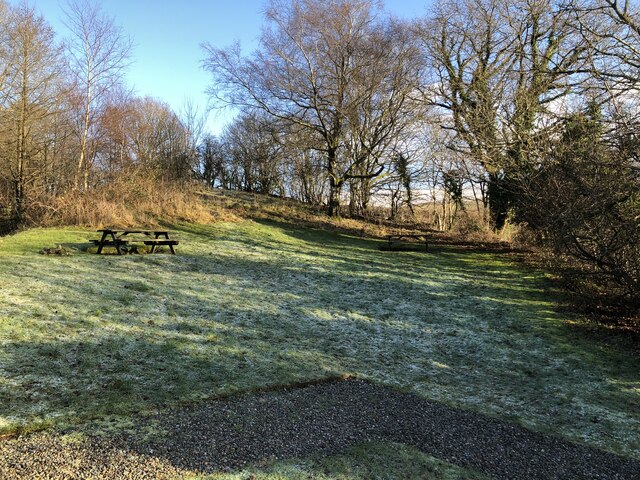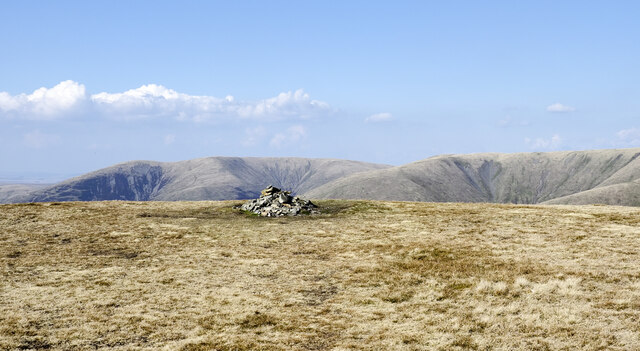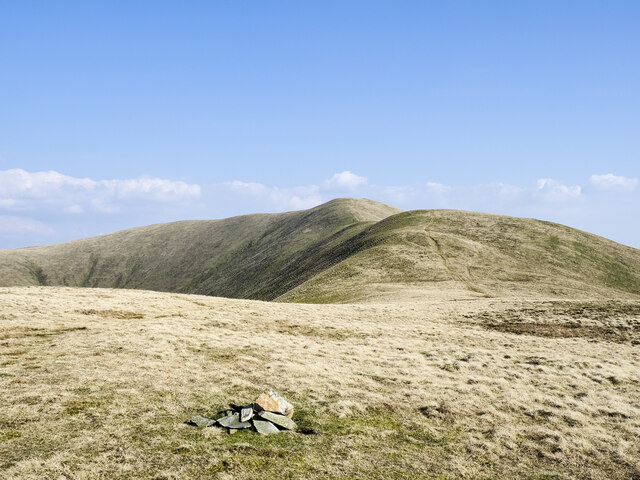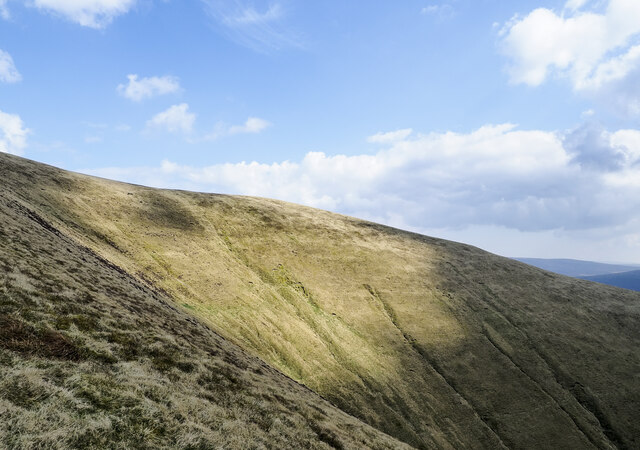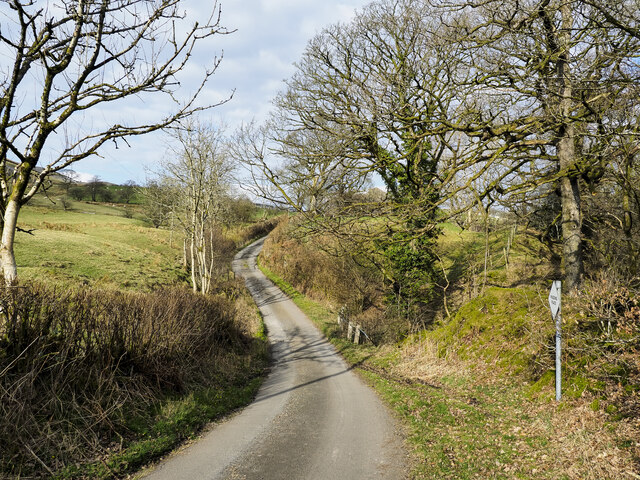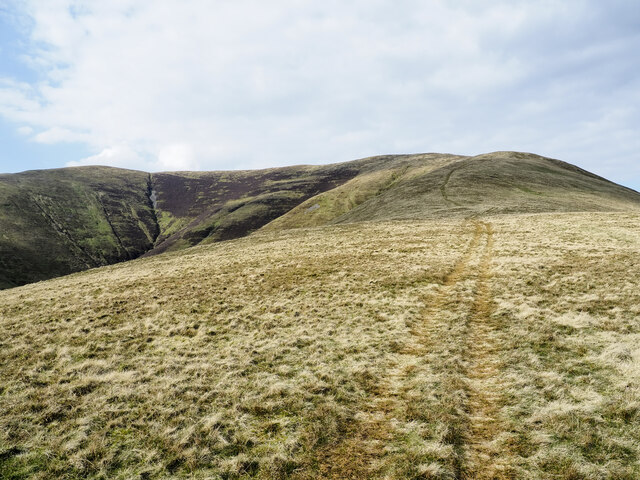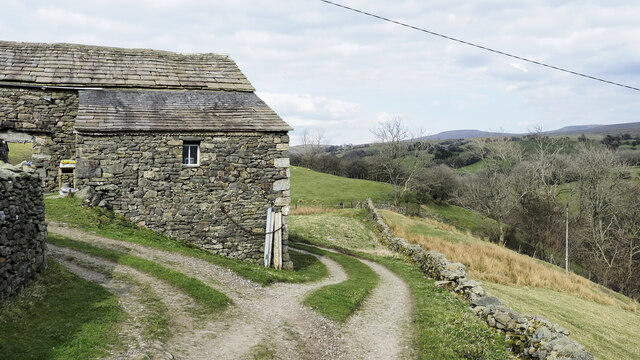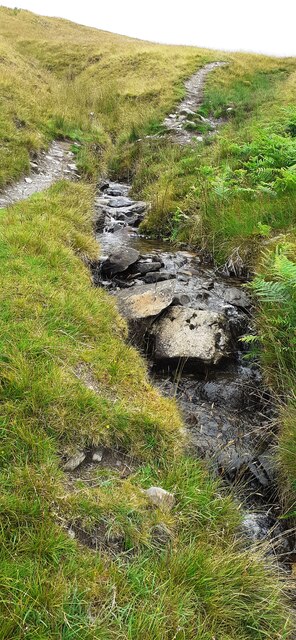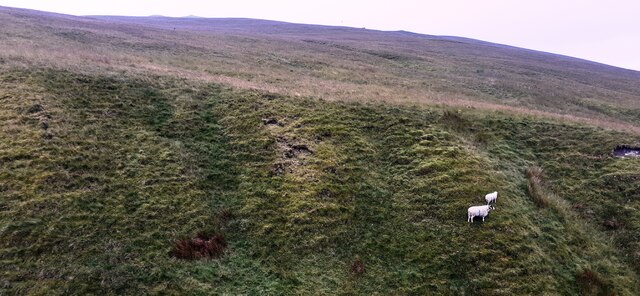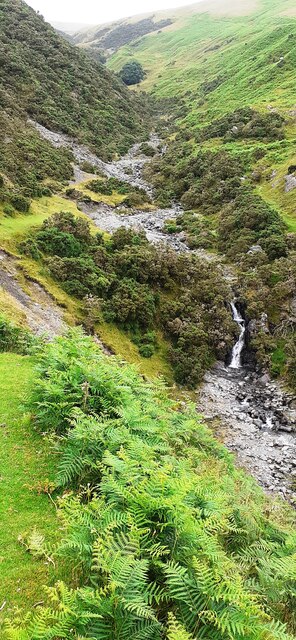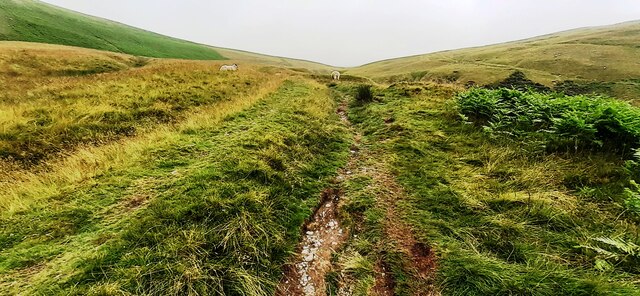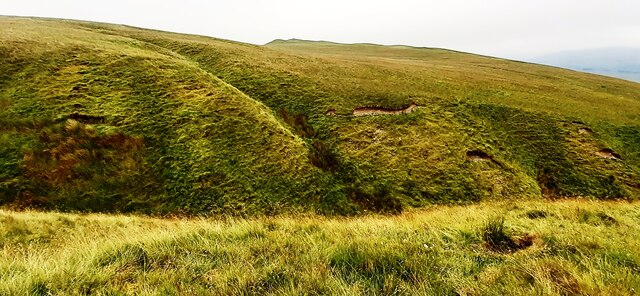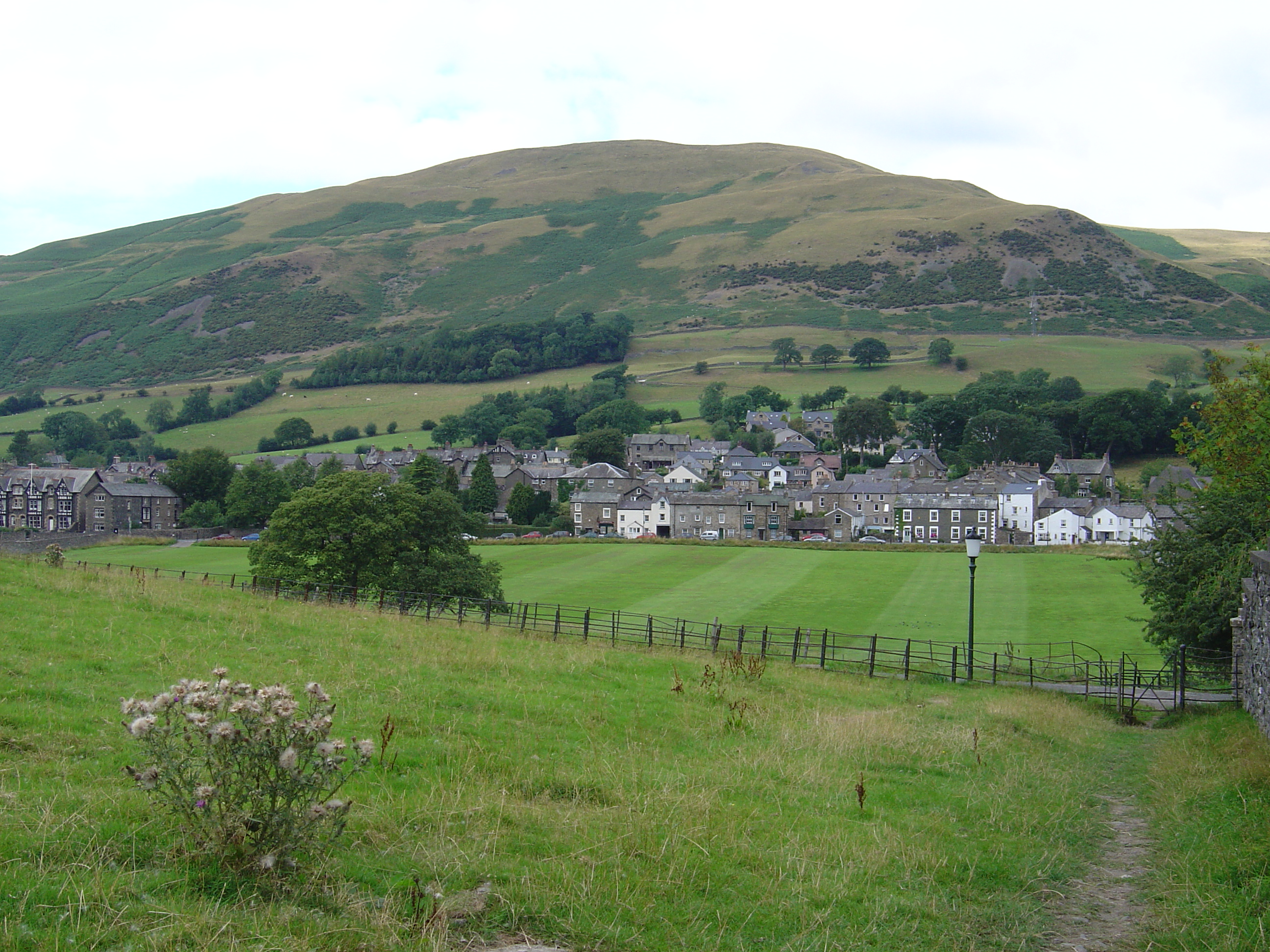Sickers Fell
Downs, Moorland in Yorkshire South Lakeland
England
Sickers Fell
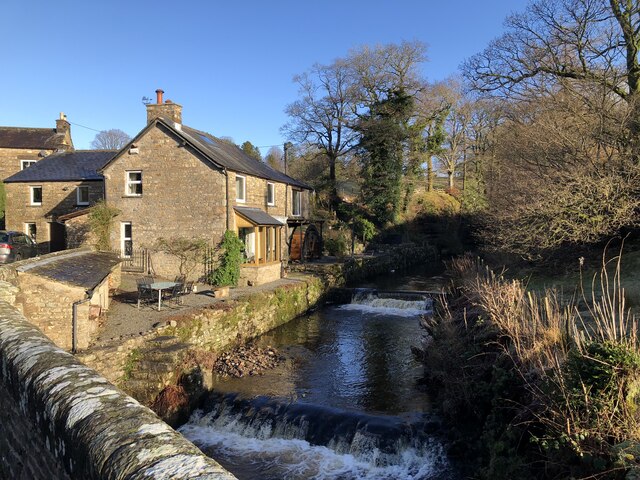
Situated in the county of Yorkshire, England, Sickers Fell is a prominent geographical feature known for its stunning landscapes and diverse natural habitats. Nestled within the Yorkshire Downs and Moorland, this area encompasses a vast expanse of undulating hills, heather-clad moors, and picturesque valleys.
Sickers Fell offers breathtaking views, with its elevated position providing panoramic vistas of the surrounding countryside. The region is characterized by its rugged terrain, featuring rocky outcrops and steep slopes, which contribute to its wild and unspoiled appeal.
The moorland of Sickers Fell is a habitat of great ecological significance. It is home to a variety of flora and fauna, including heather, bilberry, and cotton grass, as well as numerous species of birds such as grouse and curlews. It is also a site of conservation interest due to the presence of rare and threatened species, such as the golden plover.
The area is known for its rich history, with evidence of human activity dating back thousands of years. Ancient burial mounds and stone circles can be found throughout the landscape, attesting to the long-standing connection between people and the land.
Sickers Fell offers numerous opportunities for outdoor activities such as hiking, wildlife spotting, and photography. There are well-maintained footpaths and trails that allow visitors to explore the area and appreciate its natural beauty. The tranquility and solitude of Sickers Fell make it a popular destination for those seeking to escape the bustle of urban life and immerse themselves in nature.
Overall, Sickers Fell is a captivating location, where the Yorkshire Downs and Moorland converge, offering a unique blend of scenic beauty, biodiversity, and cultural heritage.
If you have any feedback on the listing, please let us know in the comments section below.
Sickers Fell Images
Images are sourced within 2km of 54.342468/-2.5080722 or Grid Reference SD6794. Thanks to Geograph Open Source API. All images are credited.
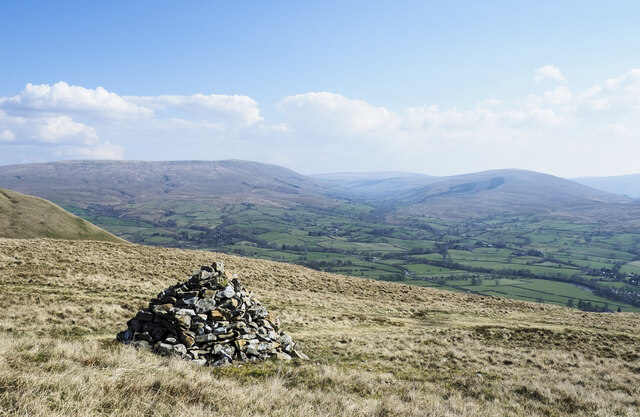
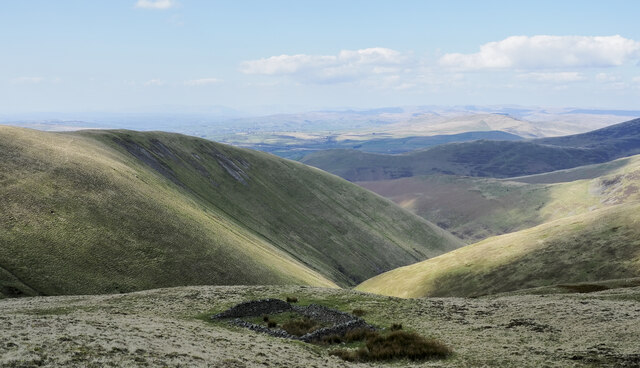
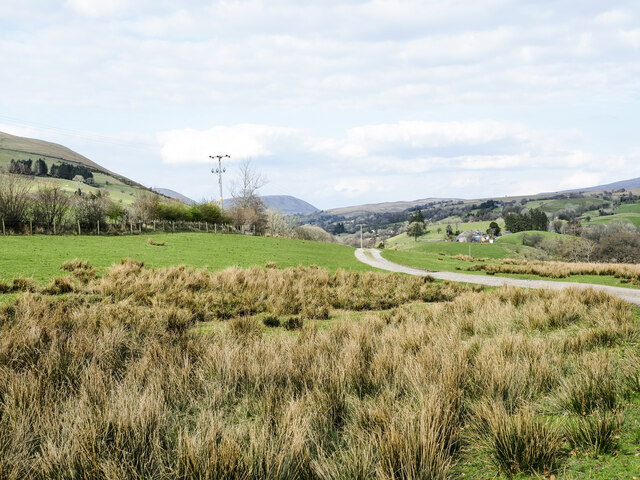
Sickers Fell is located at Grid Ref: SD6794 (Lat: 54.342468, Lng: -2.5080722)
Division: West Riding
Administrative County: Cumbria
District: South Lakeland
Police Authority: Cumbria
What 3 Words
///working.yield.greeting. Near Sedbergh, Cumbria
Nearby Locations
Related Wikis
Calders (Yorkshire Dales)
Calders is a summit of 2,211 feet (674 m) in the Howgill Fells, Cumbria, England. It lies about 2⁄3 mile (1 km) south east of the summit of The Calf and...
Clough River
The Clough River is a river in Cumbria, England. A tributary of the River Rawthey, it flows for 21.8 kilometres (13.5 mi) primarily through the Garsdale...
Settlebeck School
Settlebeck School is a small coeducational secondary school with academy status. It is located in Sedbergh in the English county of Cumbria, drawing pupils...
The Bull Hotel, Sedbergh
The Bull Hotel, formerly The Black Bull Hotel, is a 17th-century coaching inn in Sedbergh, Cumbria. It is located in a narrow passage parallel with the...
Sedbergh People's Hall
Sedbergh People's Hall is a village hall in Sedbergh, unique because it was built by the people, for the people. == Land and lease == The land on which...
St Andrew's Church, Sedbergh
St Andrew's Church is in Main Street, Sedbergh, Cumbria, England. It is an active Anglican parish church in the deanery of Kendal, and the diocese of Carlisle...
Sedbergh
Sedbergh ( SED-bər or locally SEB-ər) is a town and civil parish in the ceremonial county of Cumbria. It falls within the historic boundaries of the West...
Sedbergh School Chapel
Sedbergh School Chapel is located to the southeast of Sedbergh School, Sedbergh, Cumbria, England. It is considered to be of architectural importance...
Nearby Amenities
Located within 500m of 54.342468,-2.5080722Have you been to Sickers Fell?
Leave your review of Sickers Fell below (or comments, questions and feedback).
